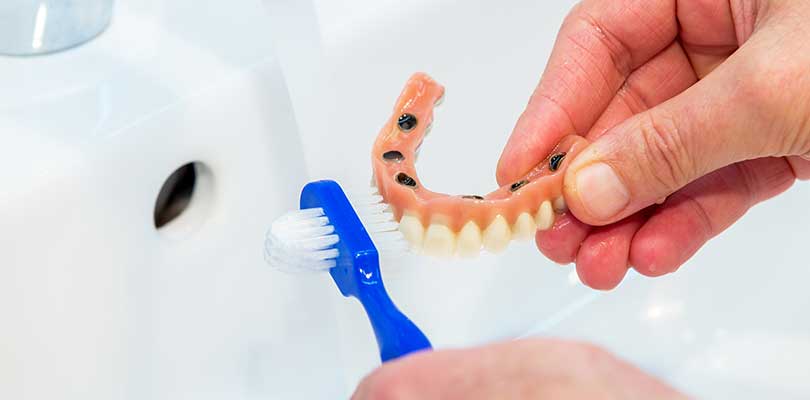Spinal Muscular Atrophy
Spinal muscular atrophy is rare enough that you may not have heard of it, or perhaps you’ve heard of it, but you have no idea what it is and how it affects the body.
What Is Spinal Muscular Atrophy?
Spinal muscular atrophy (SMA) is a group of inherited genetic muscle-wasting disorders and is classified as a motor neuron disease. This is a rare condition that affects approximately 1 out of every 10,000 live births.
The disease impacts the nerve cells that control voluntary muscle movement (also known as motor neurons) and causes the cells to die off. SMA’s primary effect is on muscles because the muscles in the body don’t receive signals from the nerve cells like they should. Atrophy means the muscles are getting smaller, which is the result when muscles are not active.
The Affected Muscles
Most nerve cells that control muscles are located in the spinal cord. Motor neurons receive nerve impulses sent from the brain to the spinal cord and transmit the muscles through peripheral nerves.
The muscles that are impacted the most by SMA are the ones closest to the center of the body, which are referred to as proximal muscles. Proximal muscles are necessary for walking, sitting, moving the head, and crawling. Distal muscles (the ones farther away from the center of the body) can be affected as well, but not usually in the beginning of SMA.
Types of SMA
The classification of SMA varies based on how much survival of motor neuron (SMN) protein an individual has. This protein is critical for the health and survival of motor neurons; an insufficient amount of this protein results in muscle weakness. The more SMN protein there is, the longer it takes for SMA symptoms to start, and the milder the disease may be.
Those who are diagnosed with SMA will fall into one of five categories based on their highest level of motor function:
- Type 0 (most severe) – This type is defined by decreased fetal movement, joint abnormalities, difficulty swallowing, and respiratory failure.
- Type I (severe) – The most common type of SMA is also known as infantile-onset or Werdnig-Hoffman disease. This type is generally noticeable in children shortly after birth. Muscle weakness on both sides of the body, lack of motor development, poor muscle tone, and twitching of the tongue are major clinical displays of SMA type I.
- Type II (intermediate) – Type II is also called Dubowitz disease. It is usually found in patients between 6-18 months. Signs of Type II in children are trembling of the fingers, inability to walk even 10 feet by themselves, and possible respiratory complications. Those with SMA type 2 are not usually able to sit independently by mid-teens or later.
- Type III (mild) – Type III SMA is known as Kugelberg-Welander disease and affects the legs more severely than the arms. Patients learn to walk but fall frequently, however, they may be able to walk into their adult years. Young children may have trouble walking up/down stairs.
- Type IV – Type IV is referred to as adult SMA. This type impacts the proximal muscles much sooner than other muscles. The onset of muscle weakness is after age 10, but patients are usually ambulatory until about age 60. The leg muscles are affected before the arms, and hands typically stay strong enough to use for basic functions of modern life.
What Causes Spinal Muscular Atrophy?
Chromosome 5 SMA (the most common form of SMA) is caused by a deficiency of motor neuron protein SMN, which is necessary for normal motor neuron function.
SMA is caused by a missing or abnormal survival motor neuron gene 1 (SMN1) on chromosome 5. This gene should produce a survival motor neuron protein, but for those with mutated genes, the absence or lack of this protein causes issues for motor neurons.
SMA is an autosomal recessive genetic disease which means both parents are carriers of the faulty gene. About 1 in 40 people are carriers of the disease but it’s likely recessive in their DNA (when a gene mutation exists but is masked by the other copy of the same gene which stops symptoms). Rarer forms of SMA (non-chromosome 5 SMA) are caused by mutations in other genes.
Symptoms of Spinal Muscular Atrophy
The age when symptoms begin roughly align with the degree in which motor function is affected. There is a greater impact on motor function if the disease starts earlier in life.
Primary symptoms of chromosome 5-related SMA is weakness of the voluntary muscles. The muscles most affected are proximal muscles such as the shoulders, hips, thighs, and upper back. If the muscles in the back weaken, it can develop spinal curvatures. Complications arise when SMA affects breathing and swallowing, which results in abnormalities in these functions.
Other forms of SMA which are not chromosome 5 affect mostly the distal muscles, although distal muscles may eventually become affected with chromosome 5 SMA depending on the severity of the diagnosis. Complications of SMA can also include scoliosis, joint contractures, pneumonia, and metabolic abnormalities.
Treatment of Spinal Muscular Atrophy
Unfortunately, there is no cure for SMA. Management of the condition starts with the diagnosis and classification into one of the SMA categories.
Pulmonary management is an option: children with SMA1 can survive beyond 2 years of age when offered tracheostomy or non-invasive respiratory support. An intermittent positive-pressure breathing device has also proven effective.
Gastronomy should be considered in the treatment plan, and consulting with your doctor will give you a good diet to follow for your specific needs.
In the USA in 2017, Spinraza (nusinersen) became the first FDA-approved drug to treat children and adults with SMA. Current treatment research is focused on ways to increase the body’s ability to produce SMN protein and help motor neurons survive hostile conditions.
SMA is a serious condition, but researchers are optimistic that there will be better treatment available in the future, and one day, a cure.






